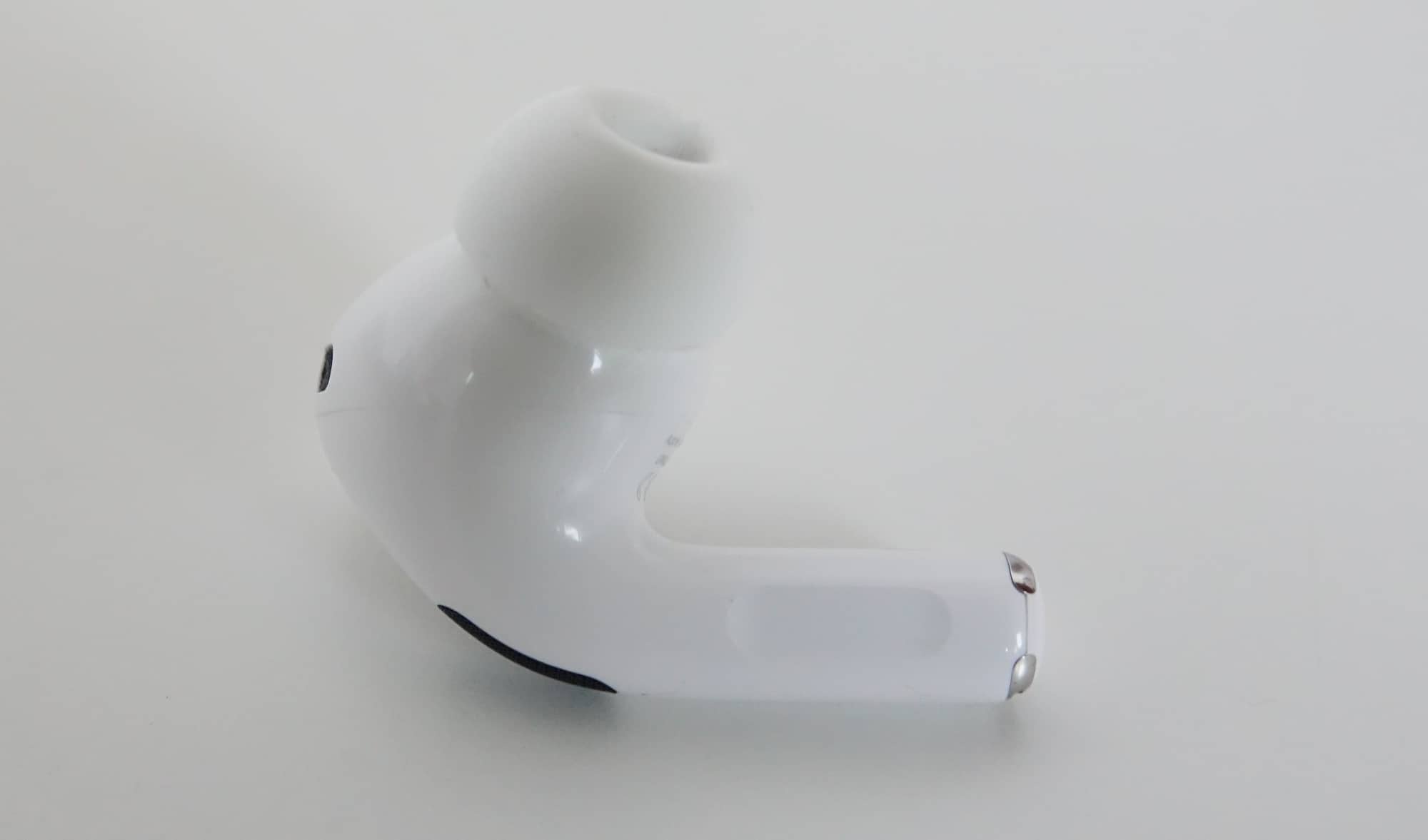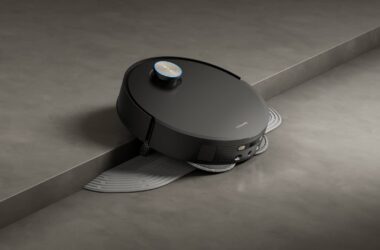Australia’s broadband network is about to see an update to make it faster, returning it somewhat to the original plan the NBN had under Labor.
If there’s one thing you can trust, it’s that politics will typically mess something good if it can. Somewhere between having too many cooks in the kitchen or not enough of the right people working on the project, or even maybe the right people and the wrong budget, you can usually expect something good to end up less than what was proposed in the first place.
That might be a road project that hasn’t been quite as effective as planned due to design issues, a government health record project that didn’t quite work the way people expected, a planned business registry that has been killed, or even something like the NBN.
Depending on how old you are, you might recall the differences between what the two opposing sides of government were pitching for Australia’s transition to a national broadband network. One relied on what was already there — copper pipes and cable lines — and the other would rely on fibre everywhere.
What we ended up in getting was a combination of both, thanks in part to Labor being in power for the first half of the NBN’s rollout and fibre, with a Liberal-led government for the next phase.
This combination has meant Australia did get a broadband network, spending a fortune on a network made of different technologies and ultimately giving some homes and businesses saw better broadband than others.
The good news, however, is that a push for fibre everywhere appears to be back on track, with NBN Co announcing this week that an additional 400,000 homes and businesses in select suburbs across the country will become eligible for full fibre access by 2025.
The concept of “full fibre” isn’t so much a helping of the pears, dates, and oats that make up dietary fibre. You’ll want that in your diet, but full fibre for your home and business is more about improving speeds to nearly a gigabit, something a full fibre line to the premises can accomplish with FTTP.
“Full fibre provides a fast, reliable, and consistent online experience, even at the busiest times of the day,” said Will Irving, Chief Strategy and Transformation Officer for NBN.
“Most importantly, it’s designed for a future where giant leaps in technology, and homes with multiple devices are the norm,” he said.
“Full fibre is our most reliable connection – perfect for gamers, virtual reality, big families, cloud storage, YouTube uploaders, and 360 video and more. It’s also our most responsive technology for making video calls, uploading photos, videos, big files or streaming box sets and gaming online, all at the same time – with less stuttering, buffering or dropouts.”
For people who can get full fibre access, it’ll mean plan speeds can open right up, allowing a little less than 1Gbps speeds, which translates roughly to 128MB per second. Or in other words: fast.
You’ll still need to pay for the fastest plan, of course, but with full fibre to the premises, the fastest speeds will be within reach for many customers.
Not everyone will be happy, that said, with full fibre set to be offered for Fibre to the Node (FTTN) and Fibre to the Curb (FTTC) setups across Australia. Customers with Hybrid Fibre Coaxial or “HFC” — setups relying on the cable lines of the past — won’t find full fibre is offered from this rollout, but may find their HFC lines will offer fast broadband plans all the same.






